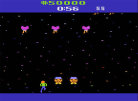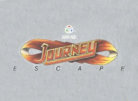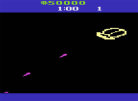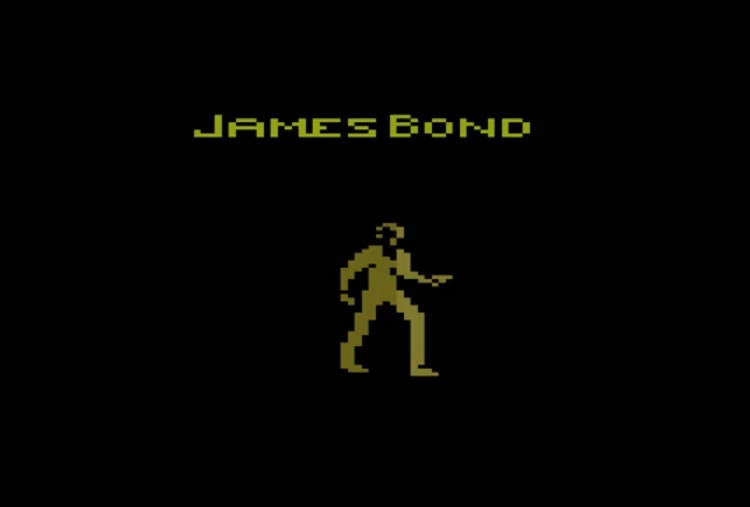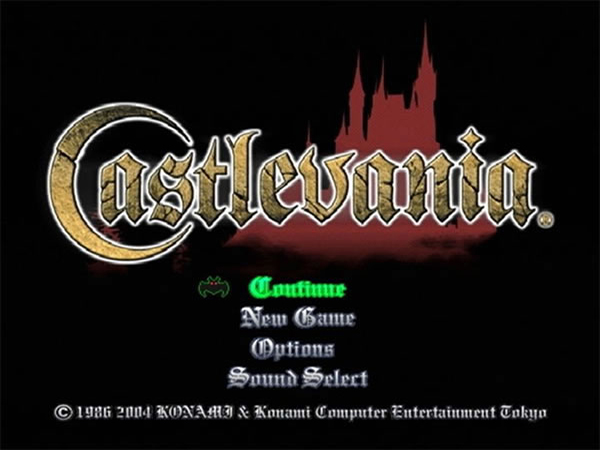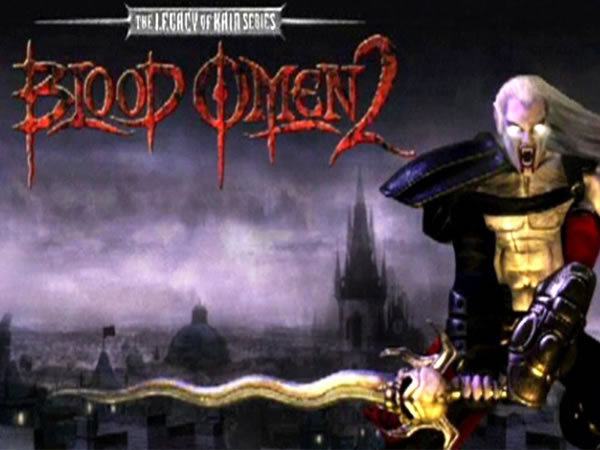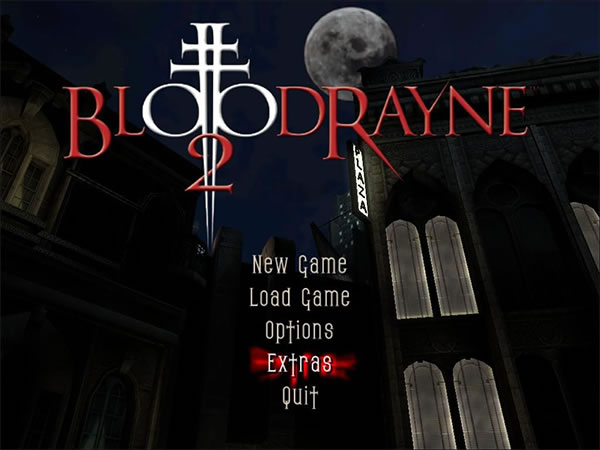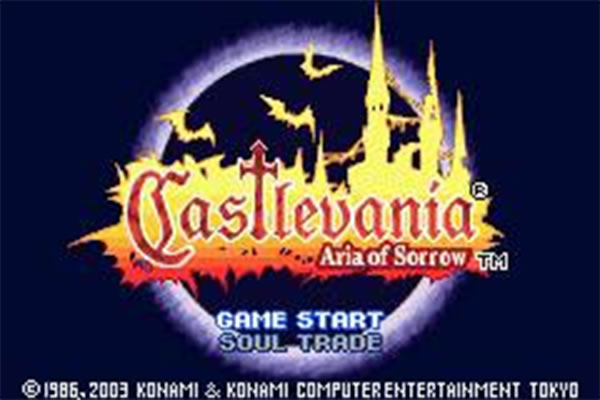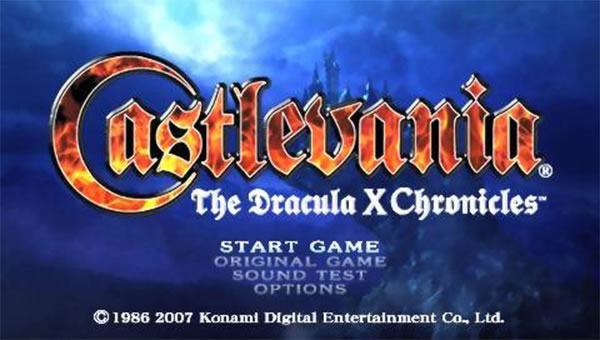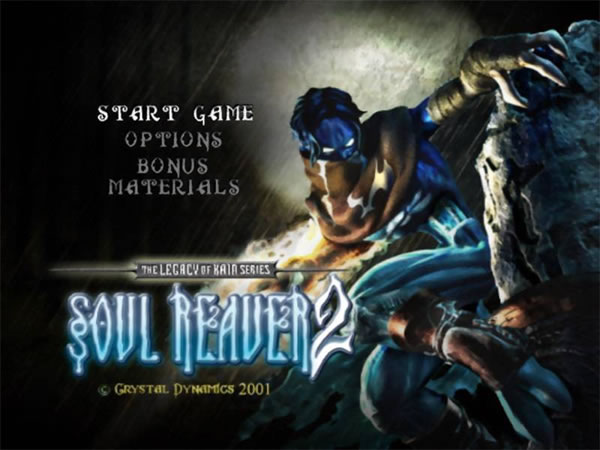- CLASSIC MAGAZINES
- REVIEW CREW
A show recapping what critics thought back
when classic games first came out! - NEXT GENERATION'S BEST & WORST
From the worst 1-star reviews to the best
5-stars can offer, this is Next Generation! - NINTENDO POWER (ARCHIVE)
Experience a variety of shows looking at the
often baffling history of Nintendo Power! - MAGAZINE RETROSPECTIVE
We're looking at the absolutely true history of
some of the most iconic game magazines ever! - SUPER PLAY'S TOP 600
The longest and most ambitious Super NES
countdown on the internet! - THEY SAID WHAT?
Debunking predictions and gossip found
in classic video game magazines! - NEXT GENERATION UNCOVERED
Cyril is back in this spin-off series, featuring the
cover critic review the art of Next Generation! - HARDCORE GAMER MAGAZING (PDF ISSUES)
Download all 36 issues of Hardcore Gamer
Magazine and relive the fun in PDF form!
- REVIEW CREW
- ELECTRONIC GAMING MONTHLY
- ELECTRONIC GAMING MONTHLY RANKS
From Mario to Sonic to Street Fighter, EGM
ranks classic game franchises and consoles! - ELECTRONIC GAMING MONTHLY BEST & WORST
Counting down EGM’s best and worst reviews
going year by year, from 1989 – 2009! - ELECTRONIC GAMING BEST & WORST AWARDS
11-part video series chronicling the ups and
downs of EGM’s Best & Worst Awards!
- ELECTRONIC GAMING MONTHLY RANKS
- GAME HISTORY
- GAME OVER: STORY BREAKDOWNS
Long-running series breaking down game
stories and analyzing their endings! - A BRIEF HISTORY OF GAMING w/ [NAME HERE]
Real history presented in a fun and pithy
format from a variety of game historians! - THE BLACK SHEEP
A series looking back at the black sheep
entries in popular game franchises! - INSTANT EXPERT
Everything you could possibly want to know
about a wide variety of gaming topics! - FREEZE FRAME
When something familiar happens in the games
industry, we're there to take a picture! - I'VE GOT YOUR NUMBER
Learn real video game history through a series
of number-themed episodes, starting at zero! - GREAT MOMENTS IN BAD ACTING
A joyous celebration of some of gaming's
absolute worst voice acting!
- GAME OVER: STORY BREAKDOWNS
- POPULAR SHOWS
- DG NEWS w/ LORNE RISELEY
Newsman Lorne Riseley hosts a regular
series looking at the hottest gaming news! - REVIEW REWIND
Cyril replays a game he reviewed 10+ years
ago to see if he got it right or wrong! - ON-RUNNING FEUDS
Defunct Games' longest-running show, with
editorials, observations and other fun oddities! - DEFUNCT GAMES QUIZ (ARCHIVE)
From online quizzes to game shows, we're
putting your video game knowledge to the test!- QUIZ: ONLINE PASS
Take a weekly quiz to see how well you know
the news and current gaming events! - QUIZ: KNOW THE GAME
One-on-one quiz show where contestants
find out if they actually know classic games! - QUIZ: THE LEADERBOARD
Can you guess the game based on the classic
review? Find out with The Leaderboard!
- QUIZ: ONLINE PASS
- DEFUNCT GAMES VS.
Cyril and the Defunct Games staff isn't afraid
to choose their favorite games and more! - CYRIL READS WORLDS OF POWER
Defunct Games recreates classic game
novelizations through the audio book format!
- DG NEWS w/ LORNE RISELEY
- COMEDY
- GAME EXPECTANCY
How long will your favorite hero live? We crunch
the numbers in this series about dying! - VIDEO GAME ADVICE
Famous game characters answer real personal
advice questions with a humorous slant! - FAKE GAMES: GUERILLA SCRAPBOOK
A long-running series about fake games and
the people who love them (covers included)! - WORST GAME EVER
A contest that attempts to create the worst
video game ever made, complete with covers! - LEVEL 1 STORIES
Literature based on the first stages of some
of your favorite classic video games! - THE COVER CRITIC
One of Defunct Games' earliest shows, Cover
Critic digs up some of the worst box art ever! - COMMERCIAL BREAK
Take a trip through some of the best and
worst video game advertisements of all time! - COMIC BOOK MODS
You've never seen comics like this before.
A curious mix of rewritten video game comics!
- GAME EXPECTANCY
- SERIES ARCHIVE
- NINTENDO SWITCH ONLINE ARCHIVE
A regularly-updated list of every Nintendo
Switch Online release, plus links to review! - PLAYSTATION PLUS CLASSIC ARCHIVE
A comprehensive list of every PlayStation
Plus classic release, including links! - RETRO-BIT PUBLISHING ARCHIVE
A regularly-updated list of every Retro-Bit
game released! - REVIEW MARATHONS w/ ADAM WALLACE
Join critic Adam Wallace as he takes us on a
classic review marathon with different themes!- DEFUNCT GAMES GOLF CLUB
Adam Wallace takes to the links to slice his way
through 72 classic golf game reviews! - 007 IN PIXELS
Adam Wallace takes on the world's greatest spy
as he reviews 15 weeks of James Bond games! - A SALUTE TO VAMPIRES
Adam Wallace is sinking his teeth into a series
covering Castlevania, BloodRayne and more! - CAPCOM'S CURSE
Adam Wallace is celebrating 13 days of Halloween
with a line-up of Capcom's scariest games! - THE FALL OF SUPERMAN
Adam Wallace is a man of steel for playing
some of the absolute worst Superman games! - THE 31 GAMES OF HALLOWEEN
Adam Wallace spends every day of October afraid
as he reviews some of the scariest games ever! - 12 WEEKS OF STAR TREK
Adam Wallace boldly goes where no critic has
gone before in this Star Trek marathon!
- DEFUNCT GAMES GOLF CLUB
- DAYS OF CHRISTMAS (ARCHIVE)
Annual holiday series with themed-episodes
that date all the way back to 2001!- 2015: 30 Ridiculous Retro Rumors
- 2014: 29 Magazines of Christmas
- 2013: 29 Questionable Power-Ups of Christmas
- 2012: 34 Theme Songs of Christmas
- 2011: 32 Game Endings of Christmas
- 2010: 31 Bonus Levels of Christmas
- 2009: 30 Genres of Christmas
- 2008: 29 Controls of Christmas
- 2007: 34 Cliches of Christmas
- 2006: 33 Consoles of Christmas
- 2005: 32 Articles of Christmas
- 2004: 31 Websites of Christmas
- 2003: 29 Issues of Christmas
- 2002: 28 Years of Christmas
- 2001: 33 Days of Christmas
- NINTENDO SWITCH ONLINE ARCHIVE
- REVIEW ARCHIVE
- FULL ARCHIVE
Journey Escape
Anyone who knows video games is aware of certain fundamental truths: Side-scrollers will always go right, news outlets will always find a way to blame video games for real world violence and, most importantly, licensed video games always suck. However, that last one isn't always the case. Sure there have been high-profile catastrophes like E.T., Aerosmith's Revolution X, and Street Fighter: The Movie: The Game, but if you look deeper into gaming history, you can find gems in the rough. Journey Escape is one of those.
This is a game that took me by surprise back in 1982, and, playing it again 30 years later, it held up quite well. The game is loosely based on the album Escape by the 1980s band Journey. By "loosely," I mean it's based just on the artwork on the album cover. That may seem strange, but keep in mind that, at that time, there were games based on the movie Porky's, on Chuck Wagon dog food and on the Kool-Aid Man. In fact, the first image that comes onscreen is an 8-bit rendition of the album cover showing a spaceship shaped like a scarab blasting out of a planet. Title screens weren't common on the Atari 2600, and this one is one of the best-looking on the system. Music was also uncommon on the Atari, and the game features a very good 8-bit rendition of "Don't Stop Believing."
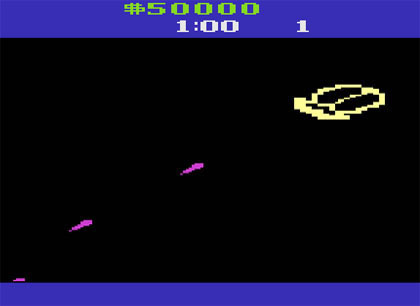
Fortunately, the aesthetics aren't downgraded when the actual game starts. The visuals are colorful and elaborate by 2600 standards, complete with a very colorful star field (which can be turned off if the players find it distracting). Music plays through the entire game, which is okay with one exception that I will note later.
The goal of the game is to get all five members of Journey to the Scarab in one minute. The game is a race through a gauntlet of groupies and photographers (that's not as sexy as it sounds). Journey Escape is like a forerunner to games like Bit.Trip Runner. The mechanics are simple; the difficulty curve is natural, going from obstructions going straight down to obstructions that shift left to right in irregular patterns. No strategy guide could be made for this game, as the obstructions are randomly set on the fly. This is both the gameplay's greatest strength and its biggest weakness. While the randomness ensures that no two games are alike, there are the rare occasions that the Scarab doesn't show up within the one-minute time limit.
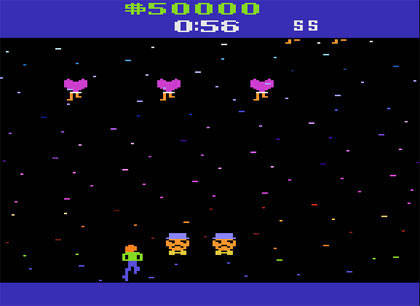
While most of the things coming down the stretch are obstructions designed to rob the player of time and money, there are a couple of power-ups. The Roadies give about three seconds invincibility, while the Mighty Manager (who strangely enough looks like the Kool-Aid Man) gives full invincibility until the end of the level. While the benefit is great to the player, the four-note loop that plays while the Manager is active will drive you insane.
Journey Escape was a diamond in the rough back in 1982. It was a unique concept with high production values for the time and gameplay that was simple and satisfying. It proved that licensed games can be good ... until E.T. came out and ruined that.
This is a game that took me by surprise back in 1982, and, playing it again 30 years later, it held up quite well. The game is loosely based on the album Escape by the 1980s band Journey. By "loosely," I mean it's based just on the artwork on the album cover. That may seem strange, but keep in mind that, at that time, there were games based on the movie Porky's, on Chuck Wagon dog food and on the Kool-Aid Man. In fact, the first image that comes onscreen is an 8-bit rendition of the album cover showing a spaceship shaped like a scarab blasting out of a planet. Title screens weren't common on the Atari 2600, and this one is one of the best-looking on the system. Music was also uncommon on the Atari, and the game features a very good 8-bit rendition of "Don't Stop Believing."

Fortunately, the aesthetics aren't downgraded when the actual game starts. The visuals are colorful and elaborate by 2600 standards, complete with a very colorful star field (which can be turned off if the players find it distracting). Music plays through the entire game, which is okay with one exception that I will note later.
The goal of the game is to get all five members of Journey to the Scarab in one minute. The game is a race through a gauntlet of groupies and photographers (that's not as sexy as it sounds). Journey Escape is like a forerunner to games like Bit.Trip Runner. The mechanics are simple; the difficulty curve is natural, going from obstructions going straight down to obstructions that shift left to right in irregular patterns. No strategy guide could be made for this game, as the obstructions are randomly set on the fly. This is both the gameplay's greatest strength and its biggest weakness. While the randomness ensures that no two games are alike, there are the rare occasions that the Scarab doesn't show up within the one-minute time limit.

While most of the things coming down the stretch are obstructions designed to rob the player of time and money, there are a couple of power-ups. The Roadies give about three seconds invincibility, while the Mighty Manager (who strangely enough looks like the Kool-Aid Man) gives full invincibility until the end of the level. While the benefit is great to the player, the four-note loop that plays while the Manager is active will drive you insane.
Journey Escape was a diamond in the rough back in 1982. It was a unique concept with high production values for the time and gameplay that was simple and satisfying. It proved that licensed games can be good ... until E.T. came out and ruined that.
HOME |
CONTACT |
NOW HIRING |
WHAT IS DEFUNCT GAMES? |
NINTENDO SWITCH ONLINE |
RETRO-BIT PUBLISHING
Retro-Bit |
Switch Planet |
The Halcyon Show |
Same Name, Different Game |
Dragnix |
Press the Buttons
Game Zone Online | Hardcore Gamer | The Dreamcast Junkyard | Video Game Blogger
Dr Strife | Games For Lunch | Mondo Cool Cast | Boxed Pixels | Sega CD Universe | Gaming Trend
Game Zone Online | Hardcore Gamer | The Dreamcast Junkyard | Video Game Blogger
Dr Strife | Games For Lunch | Mondo Cool Cast | Boxed Pixels | Sega CD Universe | Gaming Trend
Copyright © 2001-2025 Defunct Games
All rights reserved. All trademarks are properties of their respective owners.
All rights reserved. All trademarks are properties of their respective owners.






